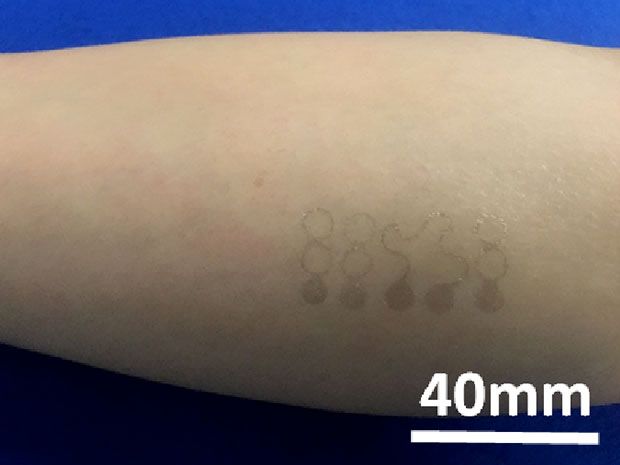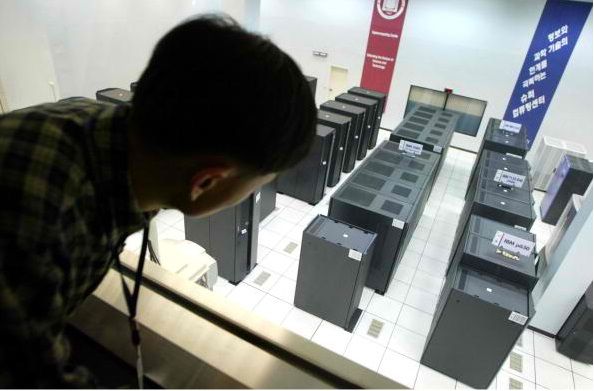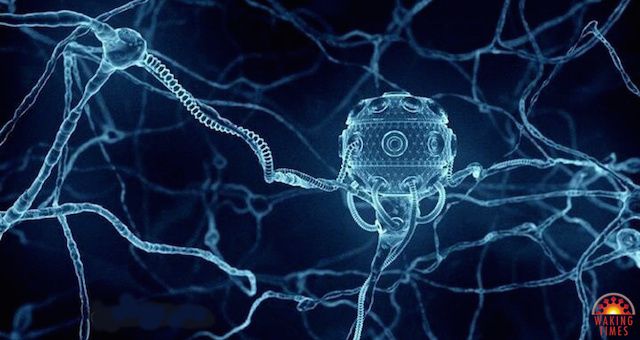DARPA licenses embedded FPGA tech for U.S. government projects.
The Defense Advanced Research Projects Agency, also known as DARPA, just signed an agreement to work with Flex Logix, a semiconductor start-up, to develop the young company’s EFLX embedded FPGA technology for use by any company or government agency designing integrated circuits for the U.S. government.
FPGAs have been widely used in systems since the 1980s and, at the system level, provide flexibility and programmability different from what processors can do. Many years ago, ARM took the idea of a processor chip and offered a processor architecture, which could be embedded in chips. Although it took time, embedded processors are now nearly ubiquitous. Flex Logix is doing the same for embedded FPGAs.







